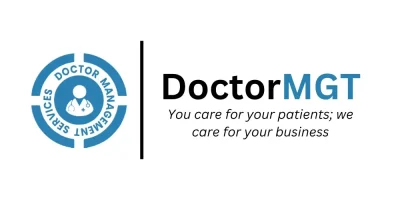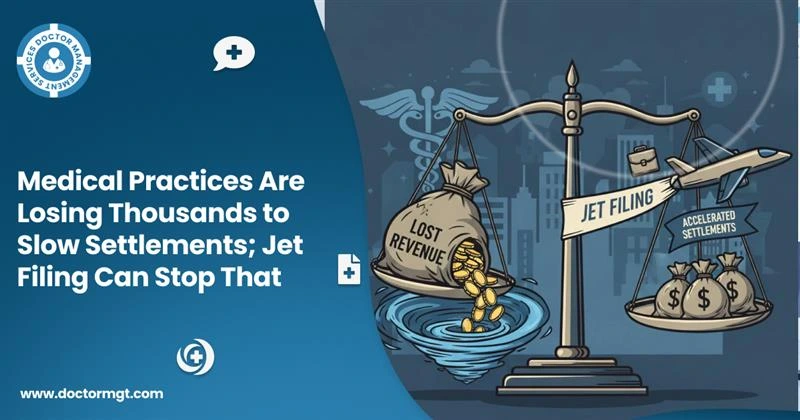Healthcare services of today require exceptional adaptations, as practitioners should meet various hitches on a daily basis. Ranging from the superb treatment of patients to managing paper works to adhering to governmental rules, the duties often come as a burden. Amidst these complexities, one fundamental aspect stands out as paramount: allowing, or offering, complete insurance for both the practice and its patients.
This article focuses on the necessity of core insurance coverage that medical practice should have in the market for ensuring the smooth operation of the care services being offered and how appropriate doctors management turns a normal patient experience into a real WOW.
1. Malpractice Insurance
Malpractice insurance, widely known as professional liability insurance, is important coverage for medical practices and other medical-related businesses. It shields the physicians from the patients’ claim of the doctor’s malpractice or negligence that ends up causing physical harm to the latter.
Consequently, this insurance is crucial because during medical treatment, physicians can be subject to adverse consequences, including financial and legal liability, even if they follow all the procedures to the best of their professional knowledge and skills.
2. Key Coverage Areas
1. Legal Expenses: Malpractice insurance covers the physicians’ legal aid fees in the case of applying for legislation and lawsuits. This may be by way of hiring lawyers, conducting inquiries into the matter that is being contested, representing the alleged professional in the court of law, or any other place with a court setting.
2. Settlement Costs: Immediately, while evaluating the accountability of the healthcare providers, it is the insurers who shall pass the compensation to the individuals in cases where it is established that the fault lies with them.
3. Damages Awarded to Plaintiffs: Providers would be indemnified by insurance against judgments made in a case of a court’s decision that had been made in medical malpractice lawsuit’s attorney’s favor. A claim by a policyholder for reimbursement of any financial obligations for the payment of medical costs, wage loss, pain and suffering, and other court-ordered charges should be obtained.
2. Property Insurance:
Property insurance is one of the most important types of coverage that protects the physical assets of a medical establishment. The policy cushions the financial impact that arises from damage or devastation to fixed assets, such as buildings, machinery, inventory, or fixtures. This risk consideration is crucial for medical practice in order to maintain normal business activities while maintaining critical assets that are essential to the delivery of healthcare.
3. Coverage for Physical Assets
- Medical Equipment: The shelter stage compensation property insurance includes the expenses of using medical equipment necessary for assessing and treating patients. It is everything that includes medical apparatus like diagnostic machines, surgical instruments, and imaging equipment, as well as specialized devices used for medical procedures.
- Office Furniture: Under property insurance, accompanied by the office furniture and fixtures inside practice areas are desks, chairs, cabinets, and even reception area furnishings. Such pieces of furniture are the heart of the hospital and a highly vital element in creating a comfortable and professional atmosphere for patients and staff.
- Electronic Devices: Today, electronic devices play a central role in a number of doctors’ offices for storing patient records, fixing appointments, and interacting with patients and other participants in the medical community. Property insurance that protects computers, tablets, and printers which are all important for the running of the practice, is provided by such insurance.
4. General Liability Insurance:
General liability insurance is the basic coverage that saves medical practices from financial losses by means of claims by third parties about physical injuries, property damages or personal injuries.
This type of insurance is mainly to safeguard the practice from financial and reputational risk by providing protection whenever the practitioner experiences suits filed against them by patients, visitors, or third parties.
Key Coverage Areas
- Physical Injury: General liability insurance is for cases where an individual is being sued as a result of negligence or as the consequence of incidents that have taken place within the practice premises. This injury process can affect patients during treatment or surgery, visitors who may be at the office, and other people who might get on your way.
- Property Damage: The general liability insurance covers the claim settlements that can be brought up in cases where the party was negligent and created property damage that falls under the organization’s liabilities and actions. It is the allocation of insurance coverage to the organizational belongings, the individuals receiving the treatment and their companions, and other third parties on the site who are damaged or worse by accidents or misfortunes.
- Personal Injury: Liability insurance for a wide-ranging injury to the person, like a personal injury, is also general liability insurance. This kind of coverage prevents the organization from denouncing the vice of defamation or even the other claims of harmful activities that may be associated with this negligence. This makes the organization liable for paying damages in cases where it fails.
5. Cyber Liability Insurance:
Currently, digital processes govern medical practice’s electronic systems and data for patient records, invoices, and other confidential items. If practices do not hold cyber liability insurance to cover unanticipated cyber-related financial and reputational dangers, the consequences could be tremendous.
Coverage for Data Breaches, Cyberattacks, and Other Cyber Incidents
- Data Breaches: The cyber liability insurance plan would cover all the costs associated with investigating and responding to a data breach, including legal expenses and regulatory fines related to breaches such as phishing attacks or unauthorized access to sensitive information.
- Cyber Attacks: This indemnity includes major expenses to bring systems back to their original work and pay ransom money or extortion. The expenses were also incurred for the hiring of competent experts with sufficient knowledge of cyber security to carry out a probe and make the attacks stop.
6. Business Interruption Insurance:
Business interruption insurance is a vital cover that offers compensation to offset the losses incurred when the medical practice has to close temporarily or deal with a considerable disruption of normal business activities due to any unforeseen reason.
This coverage includes a budget for lost revenues and continuing costs, as well as a sum for additional expenditures, which medical practices can use to restore financial stability in the event of unusual events and provide a method to keep the operations running.
Coverage for Temporary Closures or Disruptions
- Lost Revenue: It compensates you for income loss due to a temporary closure or interruption in routine operations.
- Ongoing Expenses: Even during a period of interruption, medical practices may still incur ongoing expenses such as rent, utilities, salaries, and insurance premiums. Business interruption insurance covers ongoing expenses even in business disruption such as rent, utilities, salaries etc.
7. Choosing the Right Business Partner
While choosing to outsource the entire hassle, consider a reliable partner, especially when you are concerned about personal injury collection services. Your partner should understand the needs and challenges of medical practices.
Additionally, they must be expert enough to fulfill the regulator’s requirements, such as HIPPA and the Affordable Care Act (ACA). These laws focus on the need for insurance coverage, patient privacy and different aspects of health care service delivery.
Remember, a smart partner matters a lot because your clients will be directly coordinating with them and a smooth and time saving process will keep them tied with you. This will also enhance the trust of your patient in you and will be a word of mouth with happiness.
Conclusion
Comprehensive insurance plays a critical role in safeguarding the medical practitioner’s operational, reputational, and financial risks. Different types of coverages deal with tangible and intangible hazards and satisfy the governing body through meticulous compliance.
By partnering with the right medical billing service provider, such as DMGT, practices can streamline your billing process, maximize reimbursement, and ensure compliance with all relevant regulations. Invest in comprehensive insurance coverage and partner with a reputable medical billing service provider to safeguard your practice and patients against unforeseen risks.







